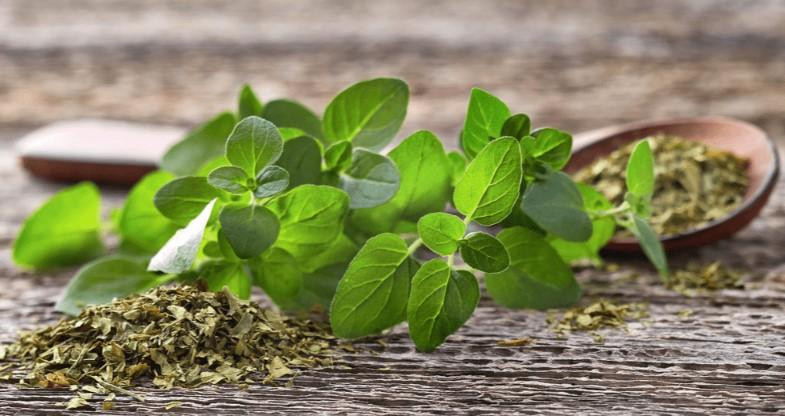In the heart of Southeast Asia, a tree known as Mitragyna speciosa quietly thrives, offering a unique and intriguing botanical marvel — Kratom. This ancient herb has woven itself into the cultural fabric of the region, with a rich history dating back centuries.
Derived from the leaves of the Kratom tree, this herb has been traditionally used for various purposes, deeply embedded in the cultural practices of countries like Thailand, Malaysia, and Indonesia. Its leaves, when chewed or brewed into a tea, have been employed by local communities for their stimulating and soothing properties.
The life of kratom is deeply intertwined with the traditional practices of Southeast Asian communities. Historically, it has been utilized by laborers and farmers seeking increased energy and endurance during long days of work. Simultaneously, it has been embraced for its calming effects, offering respite from the strains of daily life.
As the leaves of the Kratom tree mature, they undergo a transformation that results in distinct vein colors — red, green, and white. Each color corresponds to unique alkaloid profiles, contributing to a spectrum of effects. Red-veined Kratom is often associated with relaxation and sedation, while green veins are believed to offer a balanced experience. White-veined Kratom, on the other hand, is thought to be more energizing.
The journey of Kratom has not been without controversy, as debates surrounding its safety and potential for dependence have emerged. In recent years, it has garnered attention in the Western world, where some individuals have turned to Kratom as an alternative to conventional substances. Advocates claim that it can assist with managing discomfort and promoting a sense of well-being.
Despite its growing popularity, the legal status of Kratom varies across the globe, with some countries imposing strict regulations due to concerns about its potential side effects. This has sparked discussions about responsible use and the need for further research to better understand the herb's impact on health.
Kratom's story is one of tradition, adaptation, and ongoing discovery. It serves as a testament to the intricate relationship between nature and culture. While its cultural roots remain deeply embedded in Southeast Asia, the global interest in Kratom suggests a broader curiosity about natural alternatives for well-being.
In conclusion, the life of Kratom unfolds as a fascinating narrative, shaped by cultural practices, traditional uses, and contemporary debates. As this botanical treasure continues to captivate the interest of people around the world, it prompts reflection on the delicate balance between the age-old wisdom of traditional remedies and the evolving landscape of global wellness.
For More Info:-
how much kratom to take for opiate withdrawal





Comments